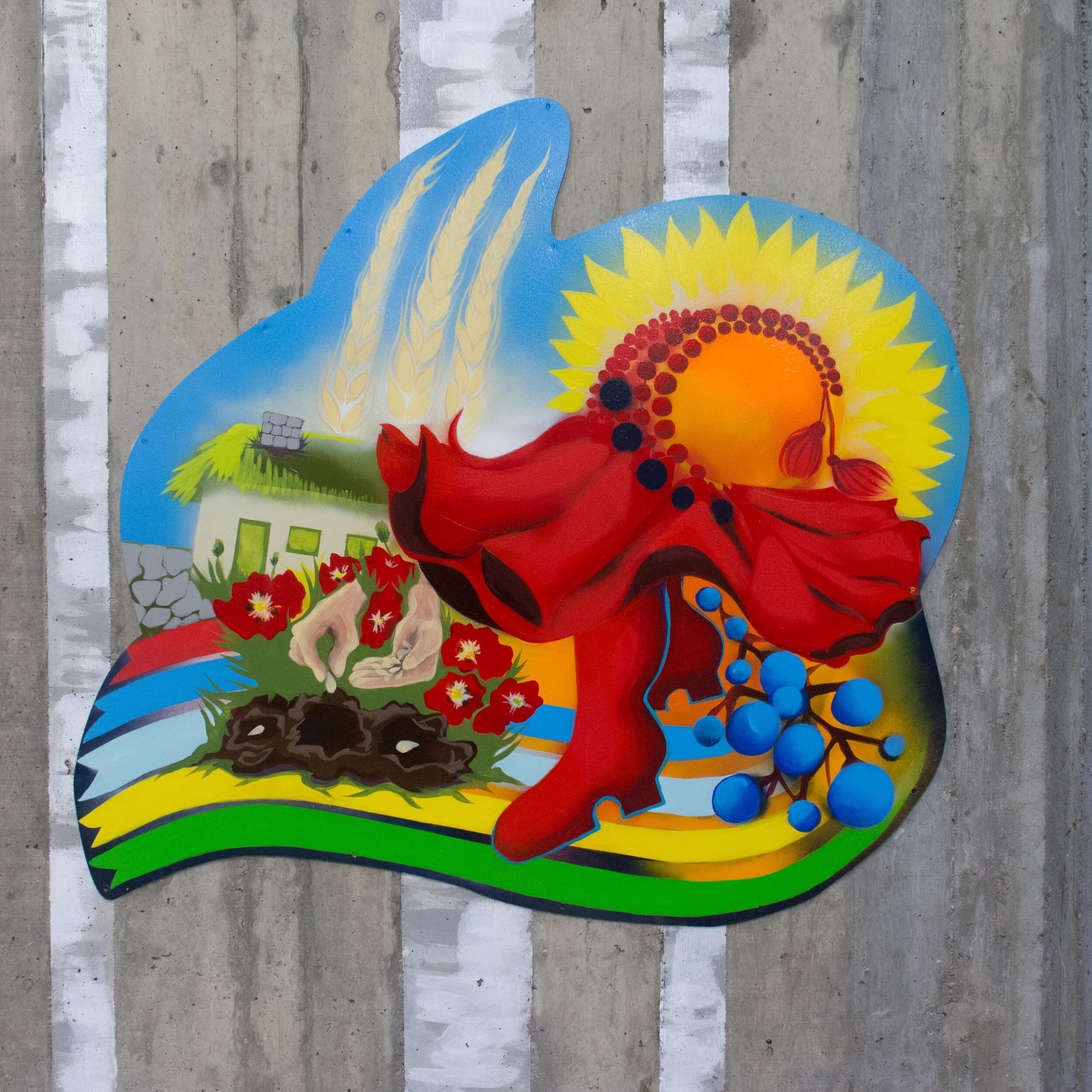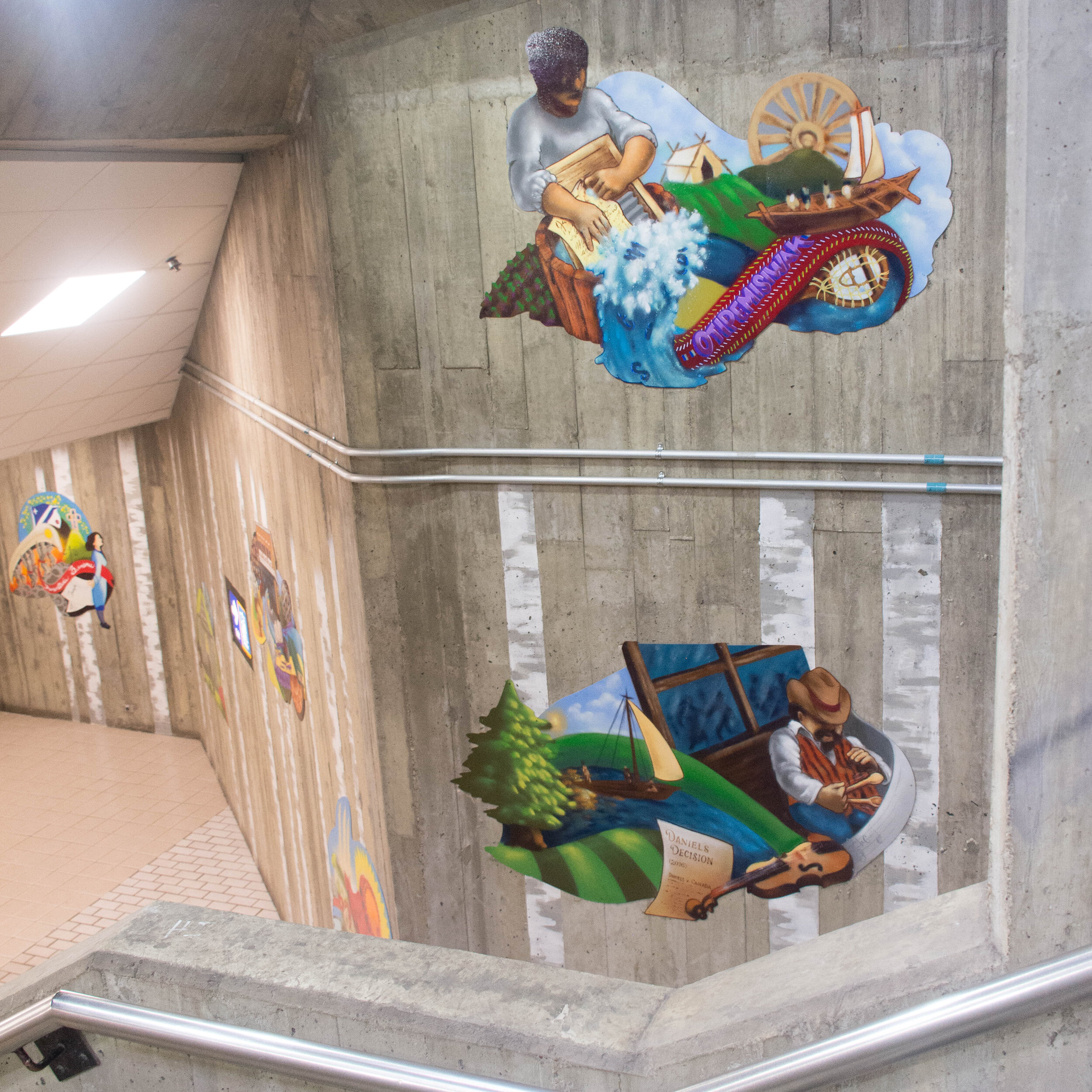Strong as a Forest (Corona Station)
Many early Ukrainians relied on their networks of family and fellow immigrants to keep their children immersed in the culture, language and traditions. Choirs, Ukrainian dance, faith and coming together to share a meal, were central to Ukrainian life and continue to be hallmarks of community identity.
Shumka dance has been a point of pride for Edmonton’s Ukrainian community for many years.











